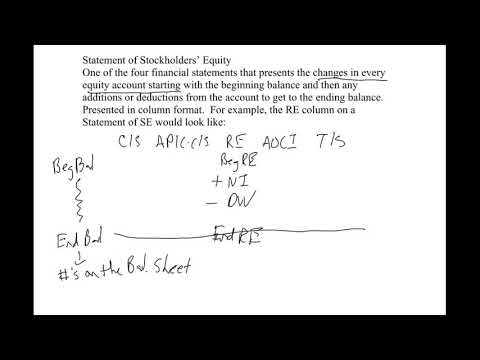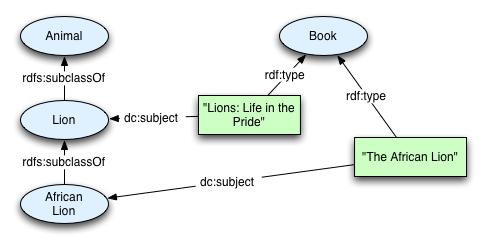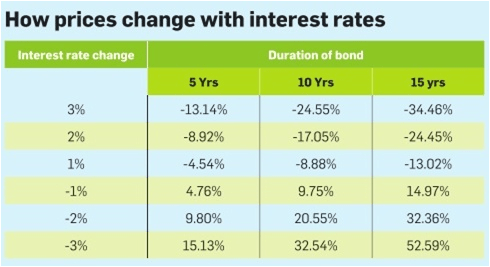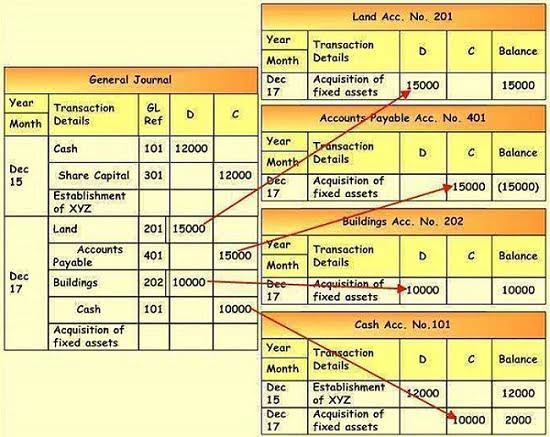
Additionally, outsourced accounting firms can utilize advanced technologies that may be costly for a business to acquire independently. Cherry Bekaert employs various enterprise resource planning (ERP) platforms that offer enhanced financial reporting, streamlined compliance management and accrual basis seamless data integration. With access to real-time financial data from virtually anywhere, these technologies make collaboration easier and more efficient. Outsourced accounting occurs when a business hires an external, third-party company to handle its finance and accounting functions.
Streamline your order-to-cash operations with HighRadius!
- We’ll reconcile and categorize your transactions, give you monthly financial statements, and put you in direct touch with your new bookkeeper through our messaging app.
- The third party can be dedicated outsourcing companies from your home (onshoring), a foreign country (offshoring), or individual freelancers.
- Delivered as SaaS, our solutions seamlessly integrate bi-directionally with multiple systems including ERPs, HR, CRM, Payroll, and banks.
- Reports by ReportLinker and Statista both say that the value of the outsourcing industry could grow as much as $75 trillion between last year and 2027.
- Take a look at which outsourcing blunders to steer clear of and how you can keep your outsourcing strategy from blowing up.
- Once you’ve signed an agreement, your service provider will need access to your data.
A preferred ideal third-party solution will offer extensive industry experience, certified professionals and proven methods for success. Outsourced accounting, alternatively called accounting processoutsourcing, involves hiring a third-party firm to handle some orall of your company’s accounting functions. This includes taskslike bookkeeping, reconciliations, assistance with accountsreceivable and accounts payable, financial reporting, payrollprocessing, and more. Outsourced finance and accounting have becomeincreasingly popular among businesses of all sizes due to itsnumerous benefits. Outsourced Accounting Is Cost-EffectiveEmploying an in-house bookkeeper is expensive. That cost comprises not just salary, but additional direct costs including employer payroll taxes, workers’ compensation, medical insurance, retirement plans and other benefits.

Establish a service-level agreement
At some point, you may find it more beneficial to move some or all of your accounting processes in-house. But the majority of companies just want to meet their obligations with minimal fuss, and entrust the heavy lifting to trained experts. If you’re communicating clearly with a trustworthy partner, this doesn’t https://www.wave-accounting.net/ need to be a negative. Maintaining regular communication with your provider is key to building a strong, collaborative relationship and addressing potential misunderstandings before they escalate. Set up check-ins with your provider every once in a while to discuss the partnership and convey expectations.
Financial planning and analysis
An outsourced CFO should be a trusted strategic partner with whom you work intimately – not just another vendor. Derek Gallimore has been in business for 20 years, outsourcing for over eight years, and has been living in Manila (the heart of global outsourcing) since 2014. Derek is the founder and CEO of Outsource Accelerator, and is regarded as a leading expert on all things outsourcing. Managing non-profit financial statements is very crucial for the operations of non-profit or non-government organizations. As alluded to in the previous step, outsourcing isn’t a “set it and forget it” solution. As your business changes or grows, continuously assess whether the agreement is continuing to meet your business needs.
But remote and hybrid workforces are increasingly common, to the extent that your business is impeding its own growth by not allowing for remote work. 44% of retail and restaurant businesses, for example, planned to upgrade their restaurant point of sale systems in 2020. Agile working means that you’ll be able to work in different locations at different times, while still meeting the demands of the modern workplace. You should be looking to implement these practices cautiously – you won’t be able to automate an entire department overnight, and nor would you want to.

With outsourced accounting, your in-house team will not only be freed from the time spent overseeing financial functions. Your outsourcing provider can also help assess the best time to outsource your accounting services. Since 2013, Kauffman CPA Company has worked with small- and medium-sized businesses, including many in the creative services industry. Virtual, outsourced, and online are often https://www.business-accounting.net/reading-an-annual-report/ used interchangeably when referring to bookkeeping and accounting. However, a virtual bookkeeper or virtual accountant can sometimes refer to accountants or CPAs who work out of their homes and contract out their services individually. In contrast, outsourced bookkeeping and accounting nearly always refers to accountants with an accounting firm who handle your books from their own office.
But preparing taxes and complying with regulations can be tricky, especially if your business has a complex corporate structure. Approximately 15 Kauffman CPA Company team members, including Kauffman and other key leaders, will join RKL’s nationwide team of over 650 professionals and will be based out of the Lancaster office. Blockchain technologies offer a huge benefit to accounting firms, with more reliable transactions and greater trust between organizations. Offering remote options has been increasingly popular across the business world, in a shift spurred by Covid pandemic changes. Studies do indicate that remote work makes employees happier and less stressed.

Therefore, considering cost efficiency and the standard accounting or bookkeeping fees of these services is a vital aspect of knowing when to outsource. If you’re losing money on this service, it could be in your best interest to pass on external hiring. However, if you can find accounting or bookkeeping services that can save you time, stress, and overall resources, it could be a perfect fit. Many businesses spend more time, money and energy on their back-office operations than they’d like. Our FAO services provide access to an enhanced suite of technology-based services tailored to meet your organization’s finance and accounting needs. To meet their needs, RSM provides outsourcing solutions that cost-effectively improve finance and accounting functions.
With such lucrative benefits, it’s no surprise that companies are quick to join the outsourcing bandwagon without the required due diligence. Accounting is a time-sensitive core process, and frequent interruptions can adversely impact the business. Global collaboration gives you access to a top-notch skillset, as well as advanced financial methodologies and frameworks.

Working with a third-party solution that prioritizes clear communication and strong customer service ensures your team receives the support necessary to achieve the company’s goals. Outsourcing can provide several benefits, including cost and time savings, as you will no longer need to oversee the hiring and training of in-house accounting employees. This allows businesses to redirect internal staff and resources to support higher-value, core business operations and boost productivity. Outsourcing can also provide access to a broader skill set with experts who are equipped to help minimize fraud risk, handle compliance regulations and provide accurate financial reporting. If you need a bit more support, Bench also offers outsourced accounting services, including tax prep and tax filing.
You should use accounting AI tools to reduce the amount of time you spend on simple tasks. For example, you can track and approve invoice progress using some accounting software tools. Similarly, you can use it to validate and verify information that you receive from suppliers and other businesses to make sure that everything lines up.
Rank your potential outsourcing partner contenders based on their performance in the test project. By outsourcing repetitive and time-consuming work, your employees can dedicate their time and energy to higher-order tasks like strategizing and planning. Outsourcing has gained tremendous popularity because delegating business processes to the right companies can improve organizational efficiency greatly.
The team you hire is already experienced and trained, and their ongoing training is not your concern, which further reduces your expenses. The outsourced team already uses advanced software and technology, which allows you to benefit from the latest tools at a fraction of the cost you would incur if you invested in them yourself. And ultimately, you won’t need to worry about finding a place for your team to work (renting an office, buying equipment, and paying for utility) because they are not your in-house employees. Now that the cost of outsourcing is less than the pay of one financial executive, many companies are beginning to outsource their finance and accounting operations more frequently. Cutting overhead and getting better financial leadership is critical to the success of all companies.







.png)
.jpeg)
.jpeg)
.jpg)
.jpg)
.jpg)
.jpg)







